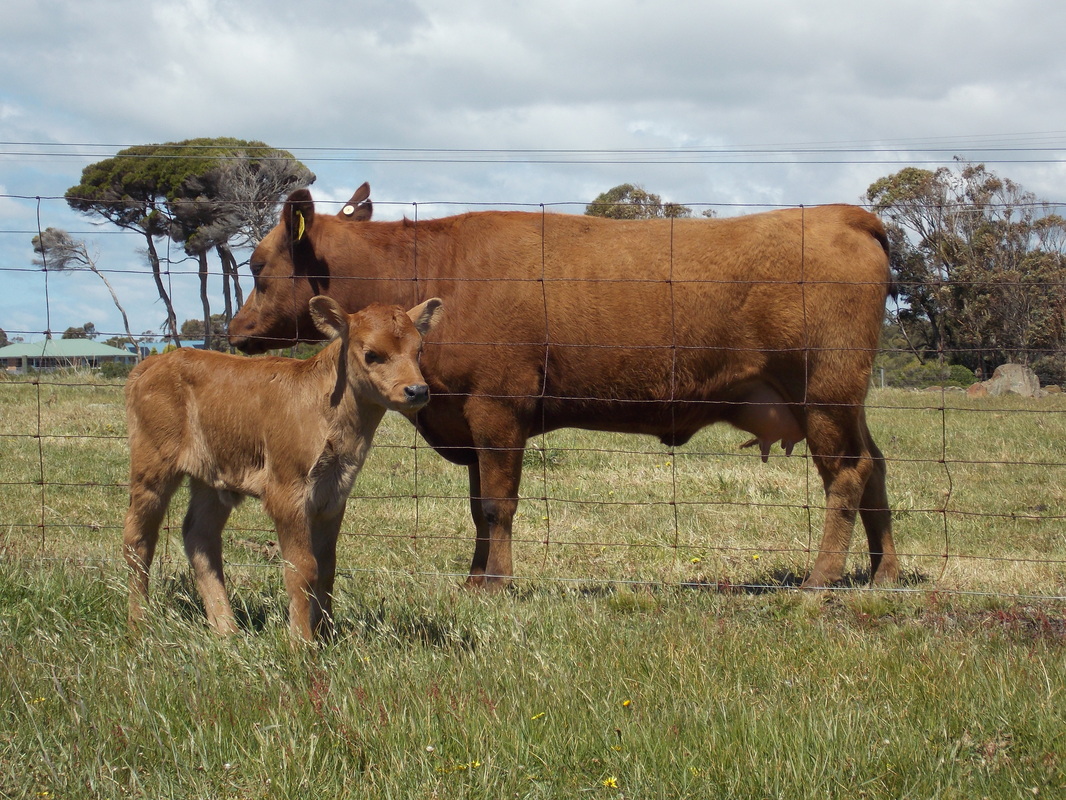

We’re pleased to welcome Bridie and Moo Moo Rose to the Zoo.” Native to Ireland, Dexter cows are a hardy, multi-purpose breed founded in the mid-1800s. Zoo Director Gregg Dancho said, “Our newly renovated Farmyard continues to grow with animals that are integral to life on a traditional New England farm.
DEXTURE COW REGISTRATION
The Zoo has been home to Dexter cattle before, with the last Dexter cow, Lucy, passing away in 2018.īridie is registered with the American Dexter Cow Association (ADCA) as “Old Orchard Bridie.” Registration with the ADCA helps to identify and properly record Dexter cattle in the United States. Bridie, born in 2008, and her daughter Moo Moo Rose, born in 2015, are about half the size of a typical Hereford cow, making this breed particularly suited to small family farms. The two cows, a mother and daughter, are from a local Connecticut farm. – Connecticut’s Beardsley Zoo’s Farmyard is the new home for two Dexter cows ( Bos taurus dexter), a rare breed currently considered to be in recovery from declining numbers. No other bovine can satisfy such a diverse market.BRIDGEPORT, Conn. The expectable average dress out is 50 to 60 percent and the beef is slightly darker red than that of other breeds. The cream can be skimmed for butter or ice cream.īeef animals mature in 18 to 24 months and result in small cuts of high quality lean meat, graded choice, with little waste. Yields of cream up to one quart per gallon are possible. The daily yield averages 1 to 3 gallons per day with a butterfat content of 4 to 5 percent.

A milking cow can produce more milk for its weight than any other breed.

Dexters are horned or polled, with some people preferring to dehorn them. Grooming and fitting of Dexters in the show ring should not be a consideration in show placements.ĭexters come in Black, Red or Dun. Each Dexter in the show ring should be judged in light of their individual merits on the day of the competition, comparing their appearance to the general breed description and taking into serious consideration excellence of conformation as a truly tri-purpose bovine and overall healthy condition. Dexters can continue to grow past 3 years of age, so final mature height should not be estimated when judging animals. No comparative significance should be given in the show ring to the heights of immature animals since individual growth rates and chondrodysplasia status make it impossible to estimate final heights at maturity. Because the ADCA does not encourage breeding especially small or especially large Dexters, breeding programs that consistently push animals to extremes in either size direction are not encouraged.Ĭows: Typical range in height is 34-46 inches, with a majority in the range of 36-42 inches, measured at the hip.īulls: Typical range in height is 36-50 inches, with a majority in the range of 38-44 inches, measured at the hip. Both carriers and non - carriers are of equal merit. Typical height ranges in Dexters can vary between and within the populations of carriers and non - carriers of chondrodysplasia. Pound for pound, Dexters cost less to get to the table, economically turning forage into rich milk and quality, lean meat. Dexters are also the perfect old-fashioned family cow. They are dual purpose, being raised for both milk and meat. Fertility is high and calves are dropped in the field without difficulty. They thrive in hot as well as cold climates and do well outdoors year round, needing only a windbreak, shelter and fresh water. In recent years there has been a worldwide surge of interest in Dexter cattle. The first recorded knowledge of Dexters in America is when more than two hundred Dexters were imported to the US between 19. The native home of the Dexter is in the southern part of Ireland where they were bred by small landholders and roamed about the shelter less mountainous districts in an almost wild state of nature.


 0 kommentar(er)
0 kommentar(er)
